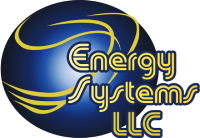See the Common Questions on Sustainable Energy
Frequently Asked Questions (FAQs) A list of frequently asked questions about solar energy and development
The developer does not set the price of retail electricity per kilowatt hour. We sell below the actual retail price because we do not pay the bills that the utility has to pay for their buildings, equipment, employees, and the power they purchase to light up your home, or power your air conditioning or charge up your cell phone, and so on.
